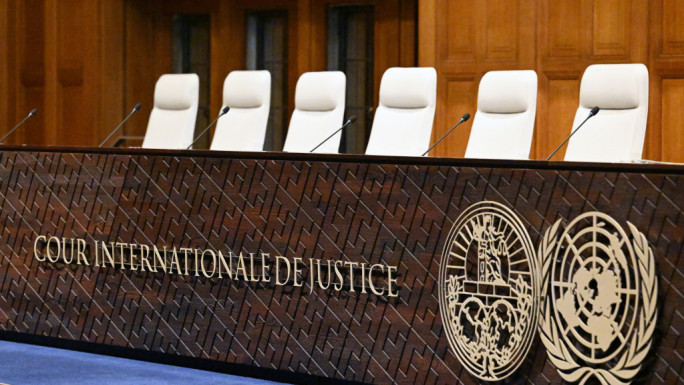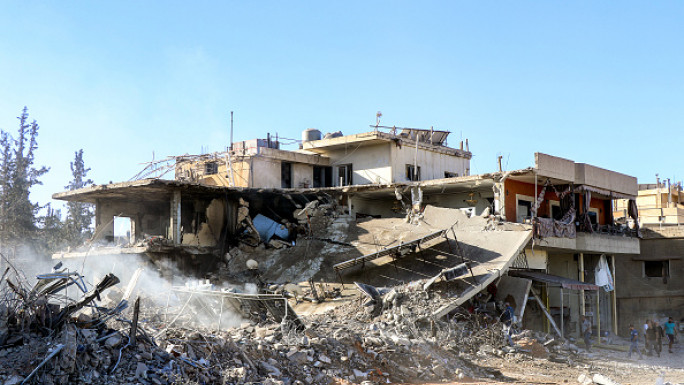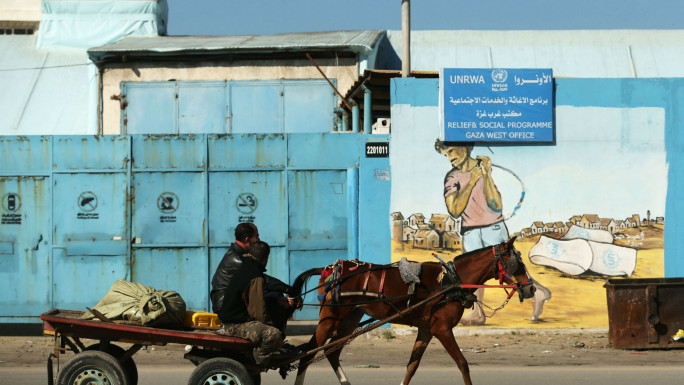Over 30 migrants dead, 200 rescued off Libya coast
The coastguard conducted two rescue operations off the city of Garabulli, 60 kilometres (40 miles) east of Tripoli, spokesman Colonel Abu Ajila Abdelbarri said.
He added that patrols had found 31 bodies and 60 survivors from one boat, along with a further 140 survivors from a second.
"When we arrived at the spot, we found an inflatable dinghy with several people clinging to part of it," he said.
He did not specify whether any migrants were missing.
"The weather conditions these days are favourable for sending migrants to European shores on boats that are often unseaworthy," he added.
Libyan patrol boat commander Nasser al-Ghammoudi said one of the migrants' vessels was three-quarters under water when the coastguard arrived.
"We looked for other survivors for more than five hours," he said. "We were able to rescue one woman after we heard her shouts."
The survivors were brought back to a naval base in Tripoli where the authorities provided them with water, food and medical care.
Migrants intercepted or rescued by the Libyan coastguard are usually held in detention centres to await repatriation, but waiting times are often long and conditions deplorable.
UN human rights chief Zeid Ra'ad Al Hussein in mid-November labelled as "inhuman" European Union support for Libyan authorities to intercept migrants in the Mediterranean and return them to "horrific" prisons in Libya.
Last week, US television network CNN aired footage of an apparent slave auction in Libya where black men were presented to North African buyers as potential farmhands and sold off for as little as $400 (350 euros).
Libya's UN-backed unity government said it would form a "commission to investigate these reports in order to apprehend and bring those responsible to justice".
People trafficking networks have flourished in the chaos that followed a NATO-backed uprising which toppled long-time dictator Moamer Kadhafi in 2011.
The unity government has said Libya is "a victim of illegal immigration, a transit state, not its source", adding that the only solution is a return to stability.





 Follow the Middle East's top stories in English at The New Arab on Google News
Follow the Middle East's top stories in English at The New Arab on Google News


![Algeciras port [Getty]](/sites/default/files/styles/image_330x185/public/75377010.jpeg?h=327453ef&itok=KfCFUEza)